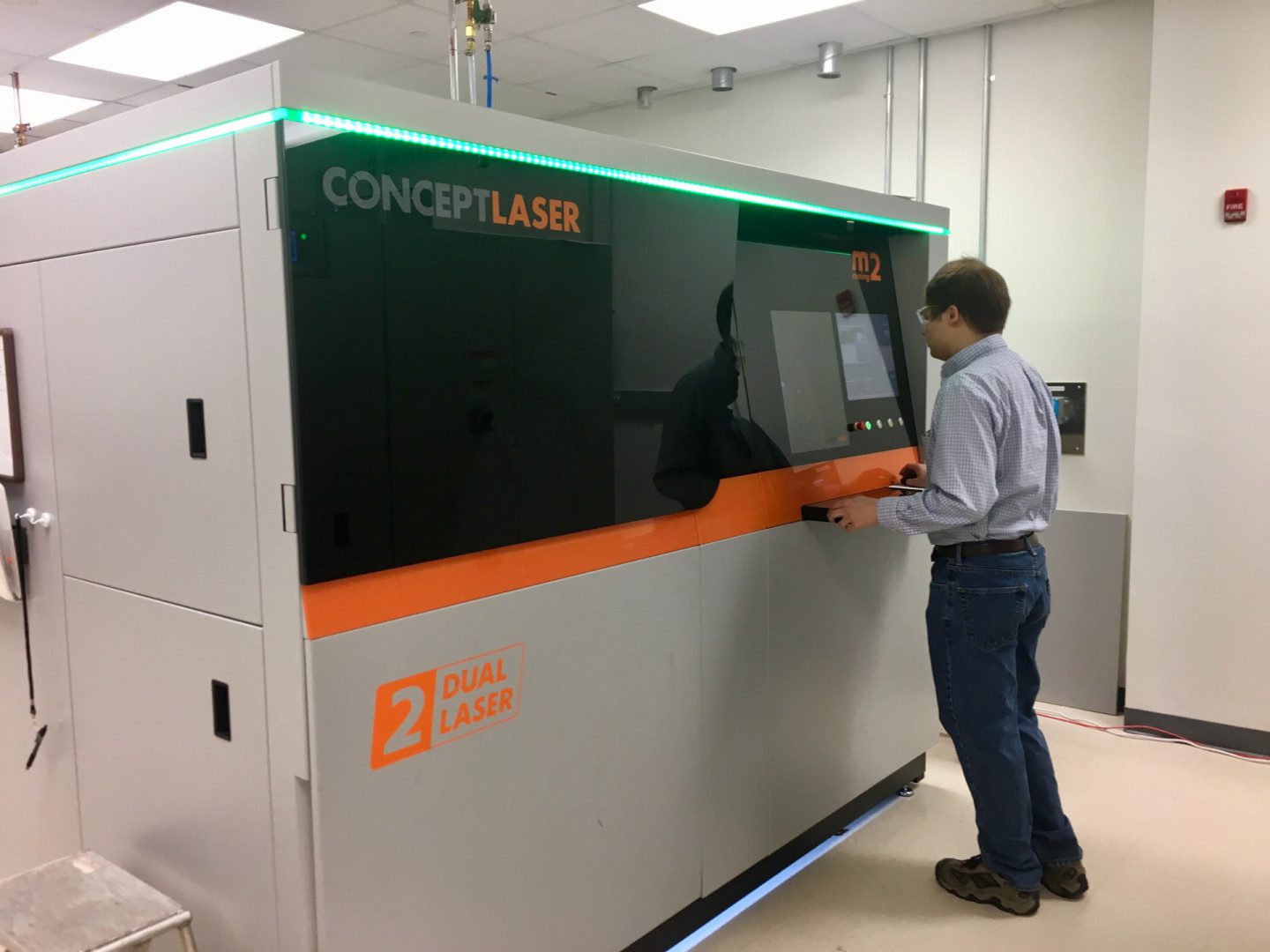Schlagwort: General Electric
-

US Navy Awards GE $9 Million Contract for 3D Printing Research
Reading Time: 4 minutesGE awarded $9 million contract by US Navy to develop framework to rapidly 3D print replacement parts for ships, aircraft, and other critical military assets. The focus of the research is 3D printing with metal. A team of scientists at GE Global Research, the technology development arm for General Electric, have been…
-

Ultimaker Becomes Sponsor and Supplier for GE’s Additive Education Program
Reading Time: 2 minutesOpen source 3D printer manufacturer Ultimaker has announced that it is now a sponsor and supplier to the GE Additive Education Program (AEP). Schools can apply for subsidies from General Electric towards 3D printing. General Electric is helping future engineers, makers and scientists thrive with their GE Additive Education Program (AEP). The…

